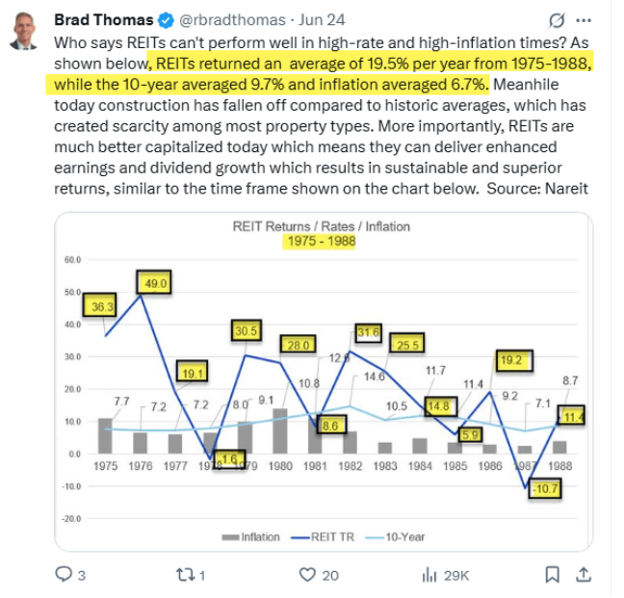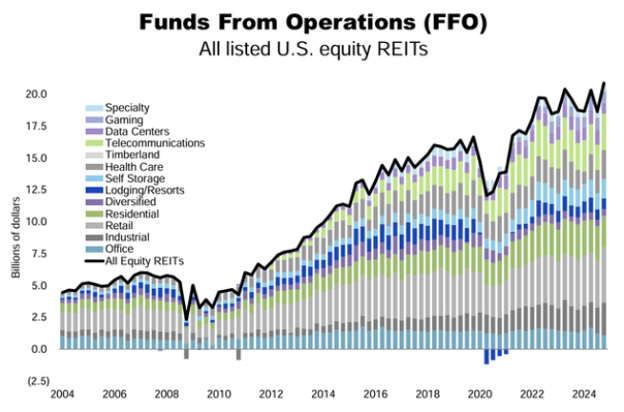It could have been worse.
The latest inflation numbers came in yesterday, with the Consumer Price Index
(“CPI”) rising 2.7% year over year. That’s a clear uptick from May’s 2.4% and
just a tenth of a point shy from where it was in February, the first full
month President Trump was in office.
Inflation headed in the wrong direction in June. Yet it’s not nearly as bad as
we’ve been told it could be, and it actually fell in line with the estimates
(2.6% to 2.7%).
How many dire predictions have we heard about Trump’s tariffs since he began
implementing them? Many sources expected an abject depression by now, with
average citizens unable to afford even basic necessities.
Instead, Yahoo Finance – hardly a MAGA media outlet – wrote this yesterday:
Economists and consumers alike are on high alert for signs of President
Trump’s sweeping global tariffs showing up at the cash register. While
overall inflation has remained tame through the trade turmoil, price
increases of imported goods suggest “scattered signs” of the impact of
tariffs.
“Scattered signs.” That’s practically praise from a publication that routinely
takes the most critical interpretation possible of Trump’s actions.
All of this matters, of course, because inflation readings will influence the
Federal Reserve’s policy decisions in the month ahead. Lower inflation should
mean rate cutting, all else equal. And that means rate-sensitive assets, like
real estate investment trusts (“REITs”), finally catch a bid.
REITs’ Surprising Strength (Shouldn’t Be So Surprising)
On June 24, I posted this on X:
That’s a lot of information, I know. And it might seem contradictory
considering how we’ve had inflation the last several years… yet REITs have
woefully underperformed.
But it was supposedly Mark Twain who said that “history doesn’t repeat itself;
it rhymes.”
No two timespans are ever identical. However, there are truths that tend to
apply no matter what. One of them is that slow-but-steady REITs usually do
come out ahead in the end.
You might be surprised to know that REITs were actually doing very well
earlier this year. From January to March, they were even outperforming the
larger equity market.
But then Trump unrolled his tariff plan… economists began to predict the end
of the world from inflation… and REITs lost a lot of their momentum.
That is to say their stocks did, as the markets lost confidence in their
ability to borrow at better rates. This does make sense. Somewhat.
Since REITs are mandated by federal law to pay out at least 90% of their
annual taxable income to shareholders, they have limited means to stockpile
cash. With limited means to stockpile cash, they have to do more borrowing.
And borrowing conditions under current interest rates favor lenders, not
“lendees.”
But that doesn’t mean quality REITs aren’t holding their own anyway.
REITs Look Good on Multiple Fronts
When REIT representative group Nareit published its mid-year evaluation last
week, it naturally acknowledged the tariffs situation. But it ultimately
concluded that “despite abundant investor concerns,” REITs are doing much
better than expected.
In fact, “REITs are generally well-positioned to weather any potential
fluctuations due to their solid property operations and strong balance
sheets.” And as for “increasing and/or elevated interest rates,” those don’t
automatically “equate to weak or poor real estate performance.”
The truth is that REITs have done a great job of growing their funds from
operations (“FFO”) per share – their version of earnings – even in the midst
of elevated interest rates and investor concerns.
Source: Nareit
That’s largely because they learned their lessons after the 2008 housing
market crash. So many of them had been holding unwise amounts of debt, and it
took time and hard work to recover.
Really, it took new corporate mindsets about debt, taking advantage of good
times… and being properly prepared to take advantage of bad times. The
majority of REITs took all that to heart and haven’t forgotten it since.
That’s why so many of them have not only kept their earnings growing, but
their dividends as well.
Take a look at a REIT like Realty Income (O), the gold standard in the
triple-net space.
And yet, despite doing everything it’s supposed to do, the share price is
basically flat over the past five years. That’s disheartening, I know. But it
just goes to show that price performance doesn’t always tell you the true
value of the underlying company.
Given all that – their current health; their growth since 2008; and their
proven capability to thrive, high interest rates or not – REITs look
well-positioned to continue delivering positive results from here… even if
inflation increases.
Admittedly, I’m still rooting for interest-rate cuts. That would almost
certainly drive REIT returns, stock valuations, and investor profits. However,
it’s foolish to stay on the sidelines when there are so many attractive entry
points right now.
Nick Ward put it this way in the most recent update for
The Wide Moat Letter:
[REITs] have been beaten down in recent years because of rising interest
rates. But when that trend changes and the Fed makes a decisive dovish pivot
(which is what Brad expects to see happen over the next 12 to 18 months),
REITs are likely to act like coiled springs.We continue to recommend quality REITs before the rest of the market rushes
back into the sector. And for bargain hunters, there is no shortage of
values in the REIT portfolio right now.
I couldn’t have said it better myself.
Regards,
Brad Thomas
Editor, Wide Moat Daily
P.S. Check out my
YouTube show
this week, where I’ll reveal a handful of attractive REITs trading at a wide
margin of safety.
|



